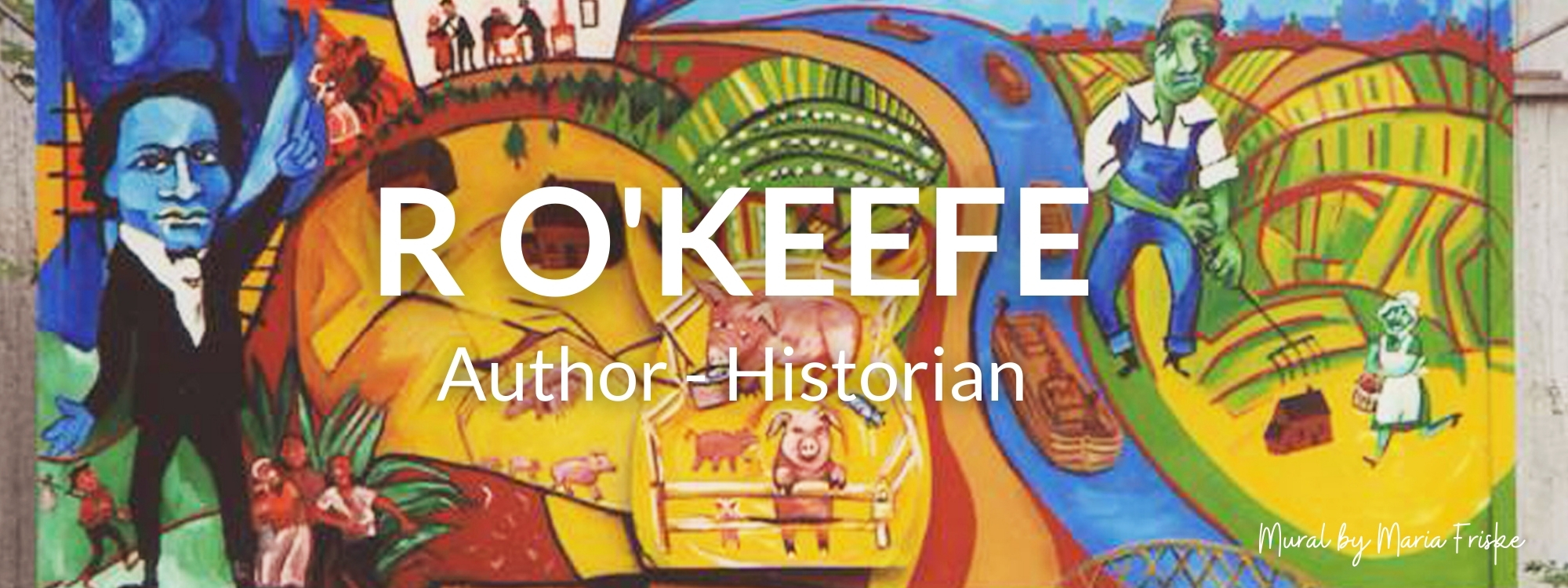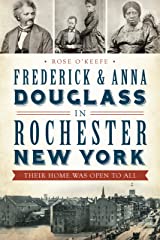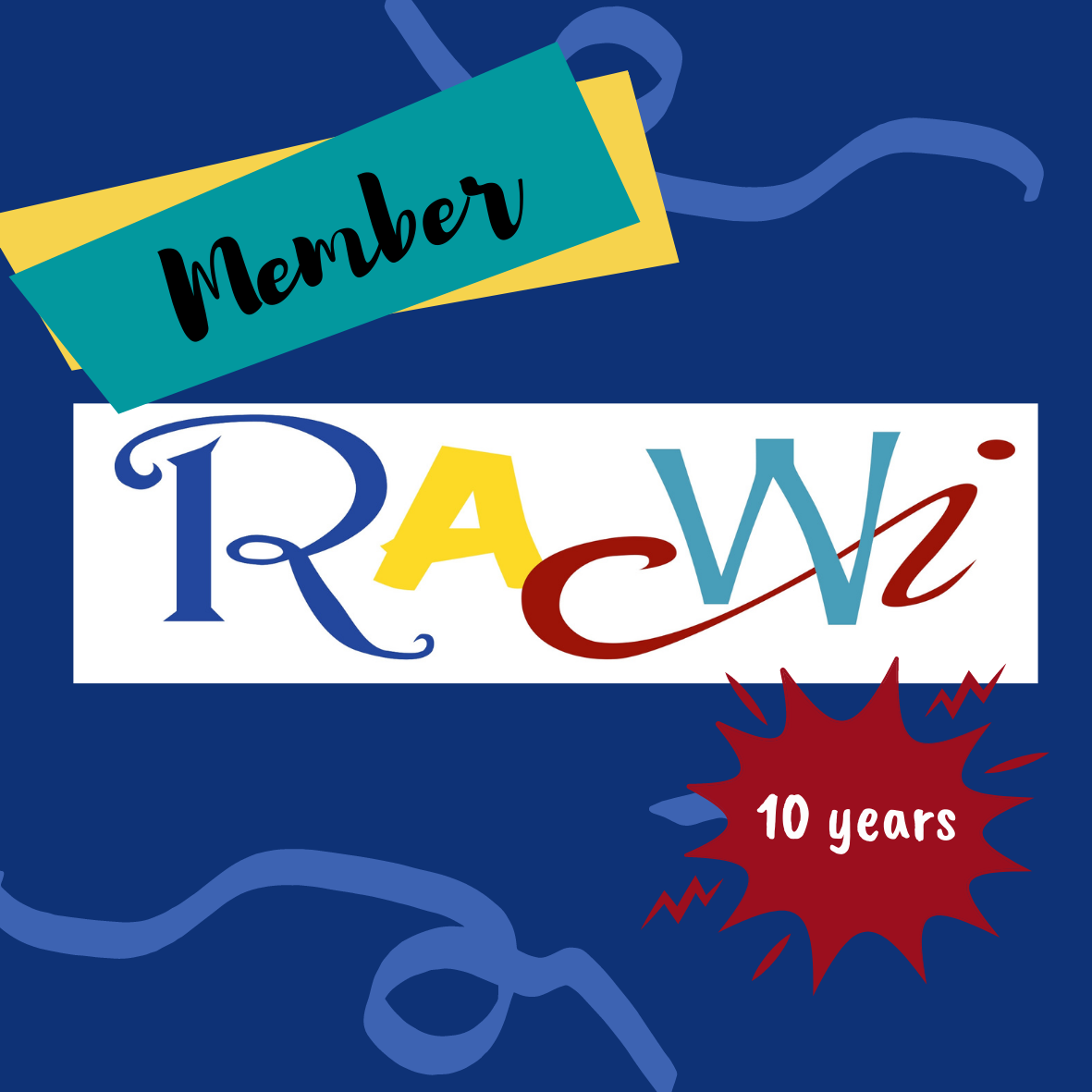Personal posts by public historian, Rose O'Keefe
A Future President?
What a touching photo in today’s Rochester Democrat & Chronicle, (8A) of Gianna Floyd, George Floyd’s daughter. She was shown sitting at President Biden’s desk after he signed an executive order about police reform. The adults surrounding her seemed aware of the momentous occasion–a sad little Black girl, sitting in the president’s chair!
Serving God and Country
Memorials
The weeks between Mother’s Day and Memorial Day have such beautiful spring days when Heaven seems to touch the earth. The morning air can be so lovely, the lilacs and flowering trees so magnificent, and early birdsong gets louder and louder. But.
Reconciling
Getting used to an uneven energy level is part of reconciling with covid’s aftermath. When I’m good, I feel on top of the world, and I when I feel low it’s as if I’d never had a happy thought in my life. As part of getting back on a hahppy track, I reviewed the Newbery award winners.
On the Rebound
The part of me that was ready to dive into spring cleaning and start my garden got derailed. Three out of three people in my house got sick with the latest variant, spaced five days apart. What a kill joy. It’s been easy to be down on myself for not rebounding as effortlessly as I would like. In the meantime, it’s been a pleasure watching the fascinating and uplifting National Parks series narrated by former President Barrack Obama, on Netflix.
Popcorn Shish Kebob
Were he still walking on this side of life, yesterday would have been my father’s 107th birthday. (HBD, Dad.) It was a sunny and crisp day in WNY, and I was wondering how our cherry tree, which looks like popcorn shish kebabs of blossoms, would handle the lastest frost warning. Last year, when the tree was similarly marvelous and the weather also crisp, I wondered the same thing – and we didn’t get one cherry last spring.
The Lucky Ones
The notes at the back of Laurie Halse Anderson’s Fever 1793 (2000) caught my interest. In the story set in Philadelphia over the scorching summer of 1793, city residents scrambled for medical care and argued about best treatments. Those who succumbed quickly to yellow fever were the lucky ones.
Some doctors used a risky practice called blood-letting to drain fevered blood. Others preferred rest, fresh air and plenty of fluids (now recognized as the better choice.) The 14-year-old heroine lost neighbors, became separated from her mother, struggled with illness in the countryside and later, starvation in the city.
Cyrillic Writing
Thank you for another thoughtful picture spread, On Foot, of women farmers in Limpopo province, South Africa, with a photo credit to Siphiwe Sibeko of Reuters, in the Christian Science Monitor (April 25 & May 2). Thanks also to Melissa Mohr for the timely information on Cyrillic writing in her In A Word column. Mohr shared a concise history dating the script’s origins to the late 800s, and its getting named in honor of Cyril, one of two Christian missionaries. I learned that speakers in Eastern Orthodox Christian cultures like Bulgaria, Serbia, Russia and Ukraine kept the Cyrillic way of writing. Polish, Czech and Slovenian speakers who were mainly Roman Catholic changed to Latin script.
Catch Up
We may enjoy our set routines or loathe the daily grind. Either way, travel shakes up routines and I’m playing catch up. Why do I feel compelled to stay on top of all this reading? Because, when I find something fun or fabulous, it’s worth it.
Gifts
This from an email:
“Dear Contributors,
We are happy to announce that Volney Road Review, Issue 4.2, is now live. Being that this is the final issue the founding editors and I will be working on, we'd like to sincerely thank you for joining us on this journey. The literary scene is made of people like you, who take the risk to put their work out there. We would be nothing without your contribution.
You can find issue 4.2 on our site at https://volneyroadreview.com/2022/04/10/volume-4-issue-2/. We would greatly appreciate it if you'd also share it out to your friends and family--they would love to see your accomplishment.
Reconciliation
George became an owner/master through his wife, Martha, who ran the massive estate during his many absences. So how come it isn't called somewhere the George and Martha Washington estate?
Teamwork
Mixed Feelings
It was with mixed feelings that I finally finished The Story of Mankind (1921) by Hendrick Willem van Loon. He summed up all of history when he wrote, “… for us, who are alive today, the one and only serious problem is a world-wide reorganization along economic rather than political lines. … [In] the meantime we are learning one very important lesson – that the future belongs to the living and that the dead ought to mind their own business.”
Fitting Tributes
What a fitting tribute to Women’s History Month: The Sunday paper’s Special Edition of We Built This: How Women Innovators Shaped The World, was terrific! Thank you to USA Today Network, the Smithsonian and Funnel, for putting together this colorful collection of briefs about women leaders, scientists, artists and advocates. That’s what I like to read in the paper.
Uplifting
Oh my gosh! Thank you to the Christian Science Monitor (Mar. 14) for its touching two-page spread of a father-and-daughter reunion in Poland, after fleeing Ukraine in February. Also, although I’d read a biography of Beatrix Potter years ago, the piece in Books for Global Readers taught me about her fascination with mushrooms and fungi and belated credit for her work.
Catching Up
Having a nasty head cold put a crimp in my reading pace. Not only did I keep dozing off, but more often than not, I didn’t have much focus. One evening, I took out one of my favorite books, The Complete Tassajara Cookbook (2011) by Edward Espe Brown in search of a soup recipe.
Award Winners
Good Reading for Slow Times
Despite a head cold, I thoroughly enjoyed reading Accidental Archaeologists: True Stories of Unexpected Discoveries (2020) by Sarah Albee. It was so much fun. She is a clever writer and the book was a constant page turner with its fascinating facts. Have to admit, the Newbery Award winner, Tales from Silver Lands (1924) by Charles J. Finger, while also fascinating has been a slower read. The unusual stories told to the author by natives in South America stretched the mind and the imagination.
Once again, The Christian Science Monitor (Jan. 31, 2022) delivered timely takes on a variety of topics, from at-risk owls, unwelcome Eritrean refugees who moved to Toronto, a music program for expecting parents to create lullabies for their children, upbeat tidbits in Points of Progress and more. The two-page photo spread of a worker installing lights for the Year of the Tiger celebration in Taiwan was so colorful!
My latest blog post. https://rokeefehistory.com/blog
#amreading; #RochesterNY; #sarahalbee; #CharlesJFinger; #NewberyAward; #CSM;
The Beginning of the End
This is the third post about the Iroquois Peace League. My intention is to acknowledge and thank many for their efforts to understand pre-contact history across upstate New York State.
Educational author Lydia Bjornlund wrote in The Iroquois that they called themselves, We Human Beings, and the Europeans, Axemakers. These Human Beings began to ally with English traders in New England and the Dutch along the Hudson River in trade wars that were the beginning of the end of the Great Law of Peace.



